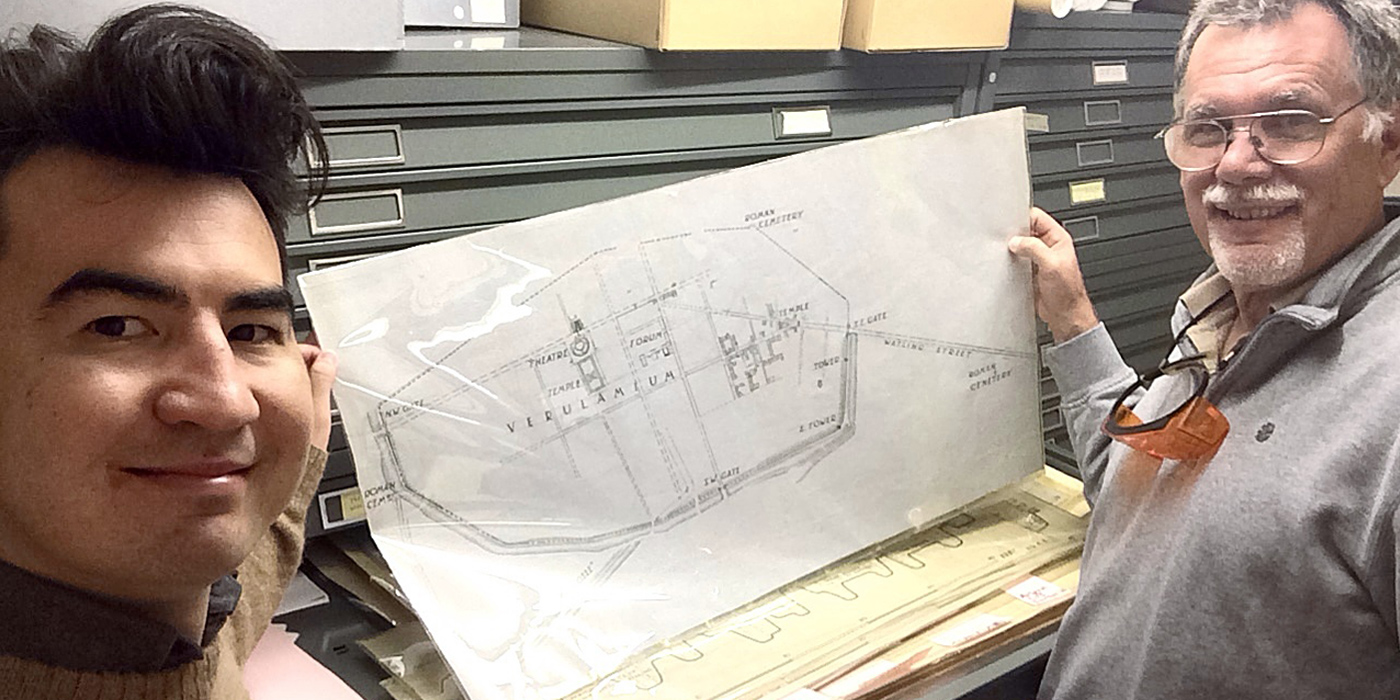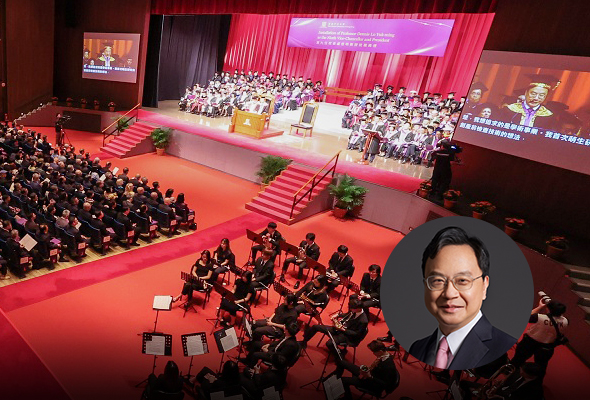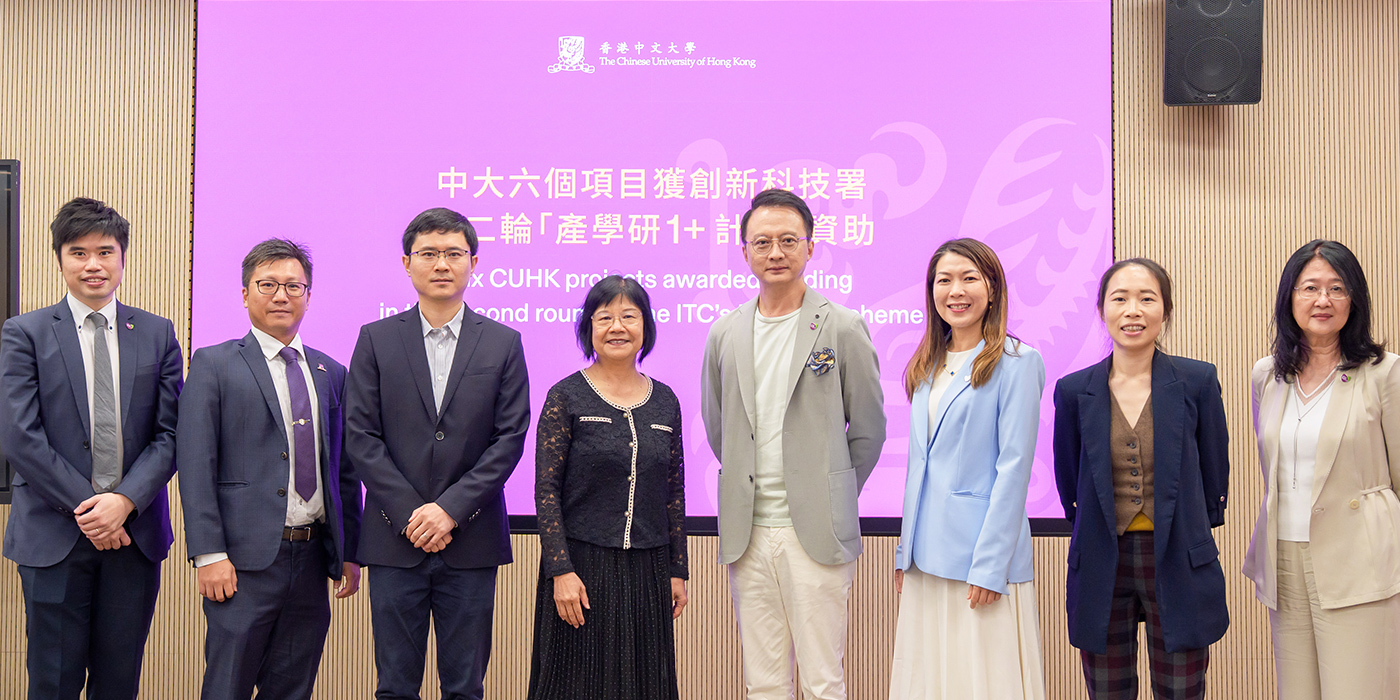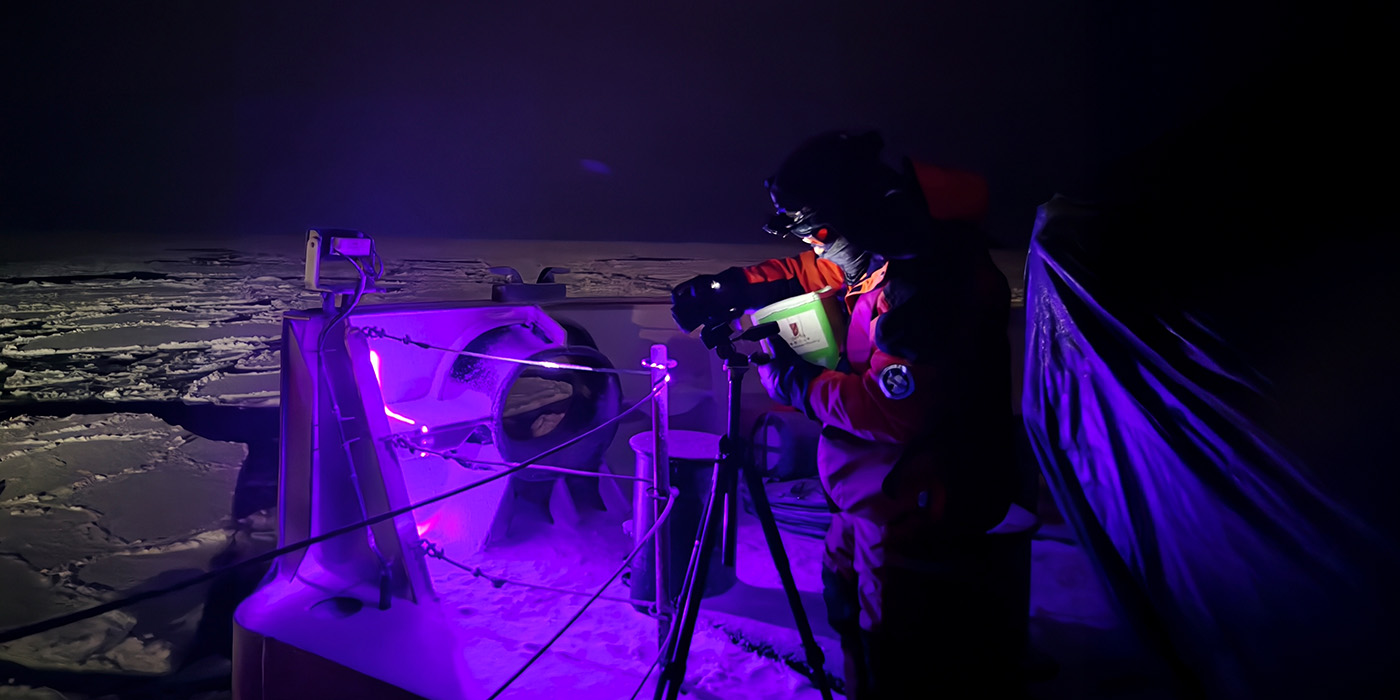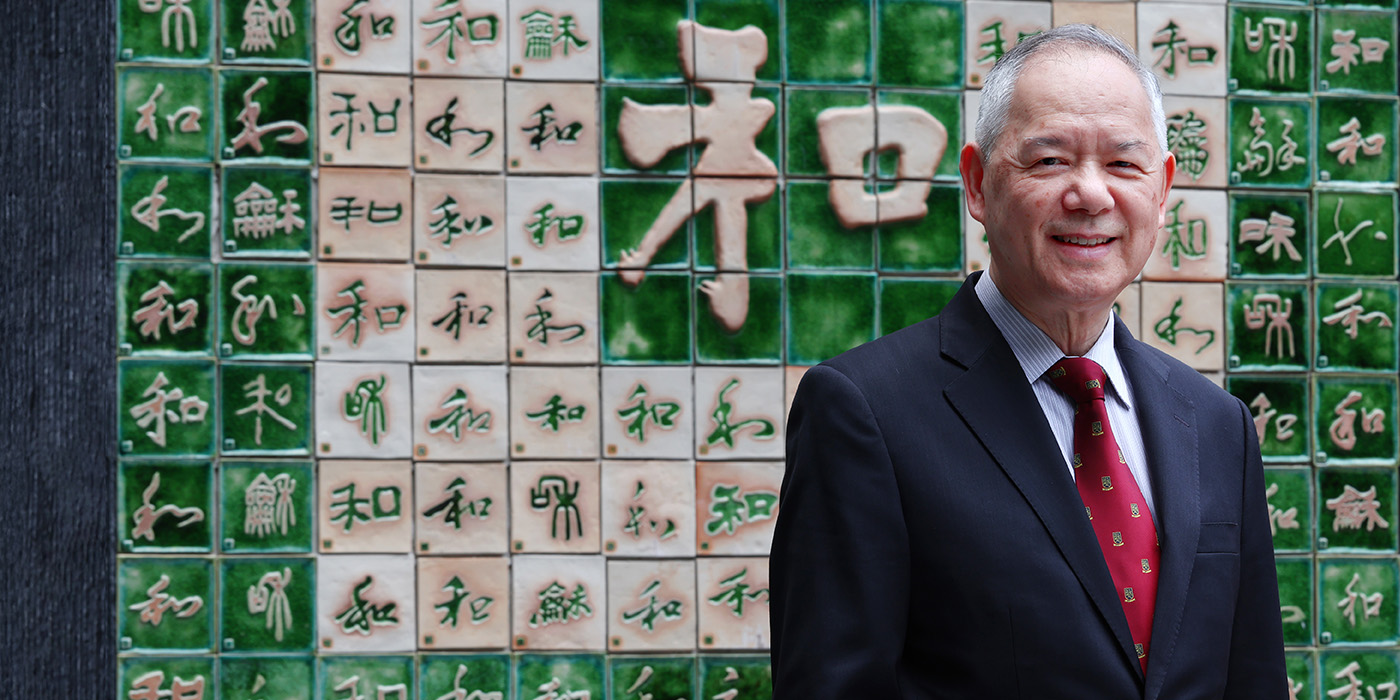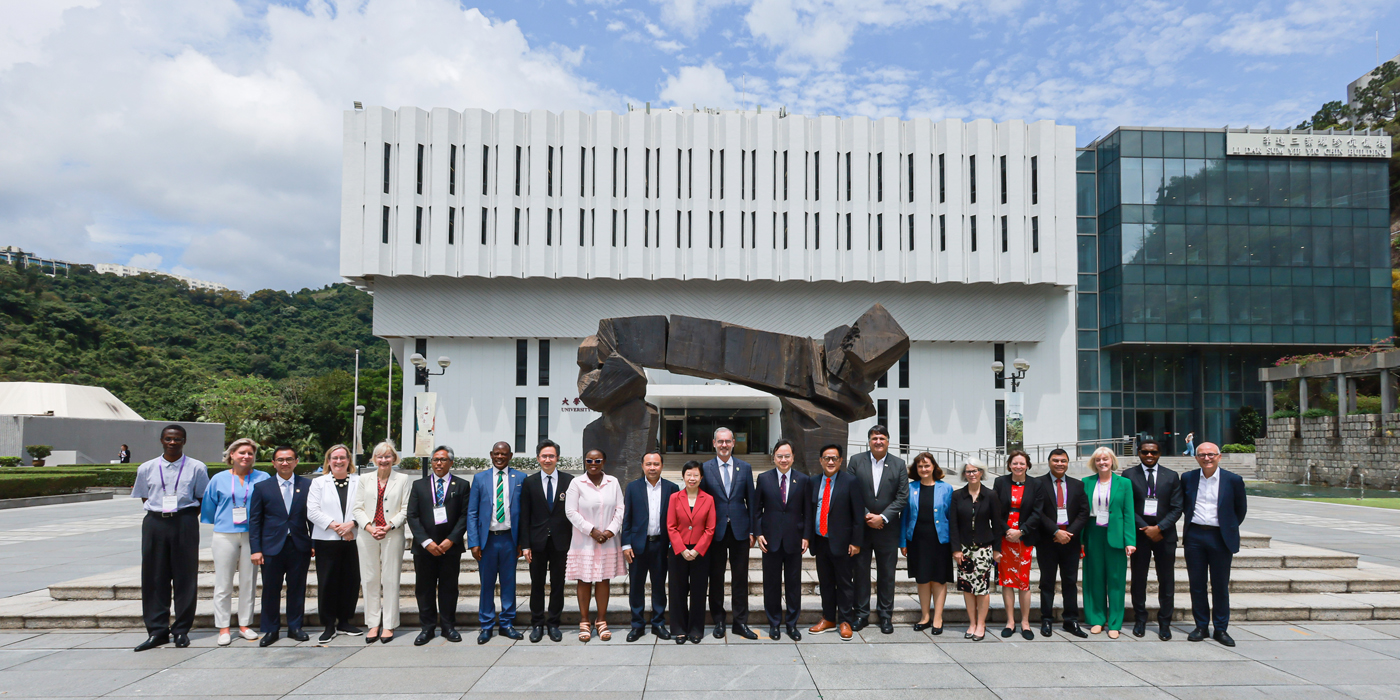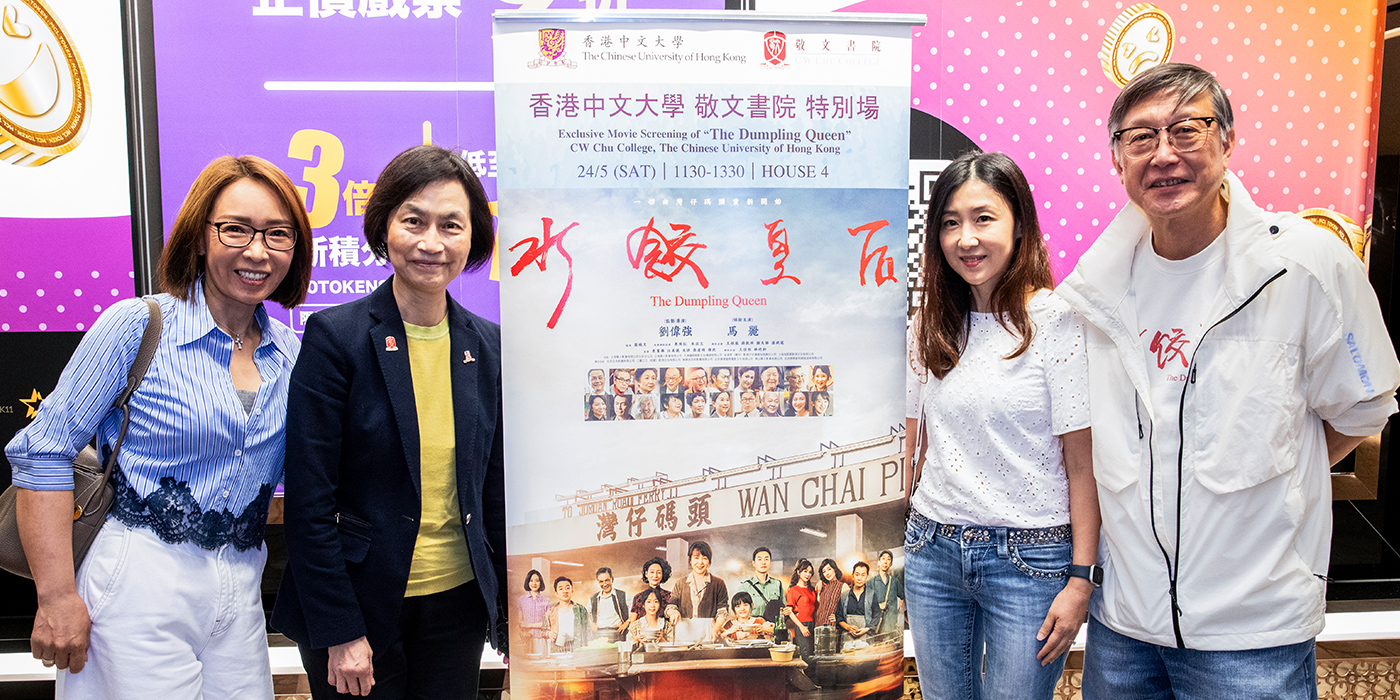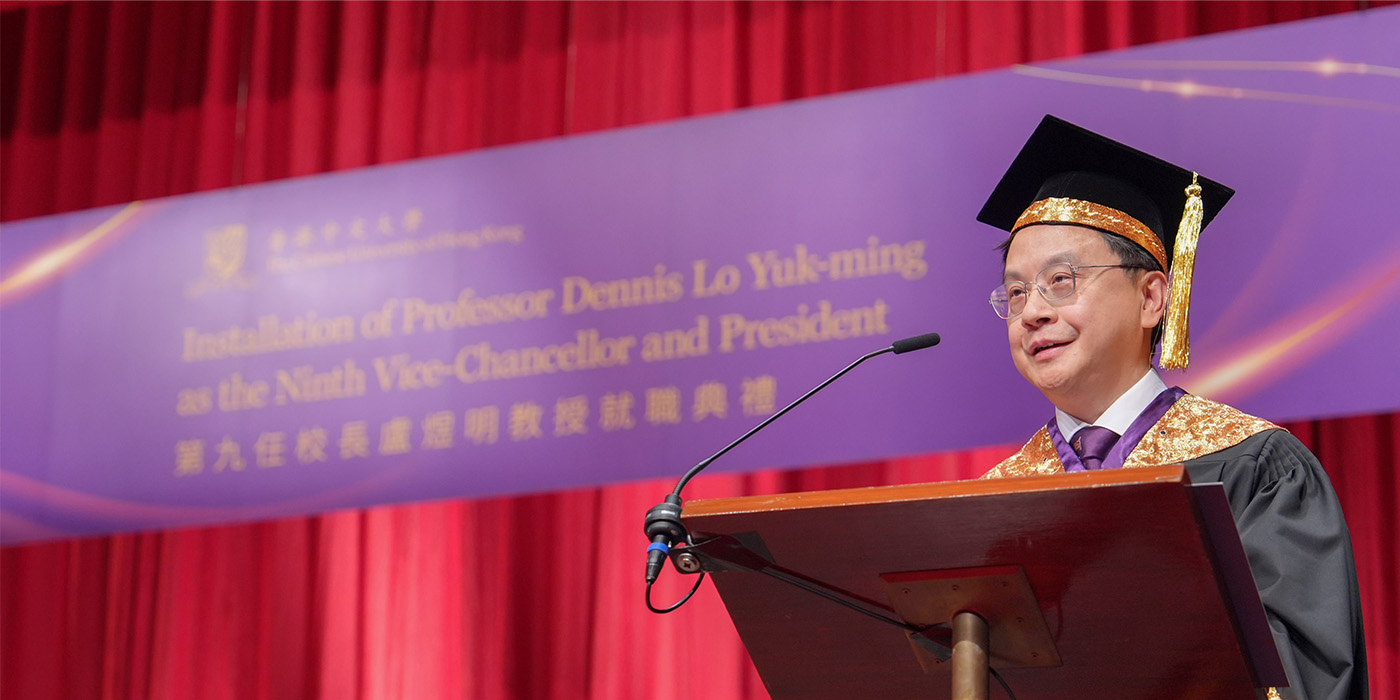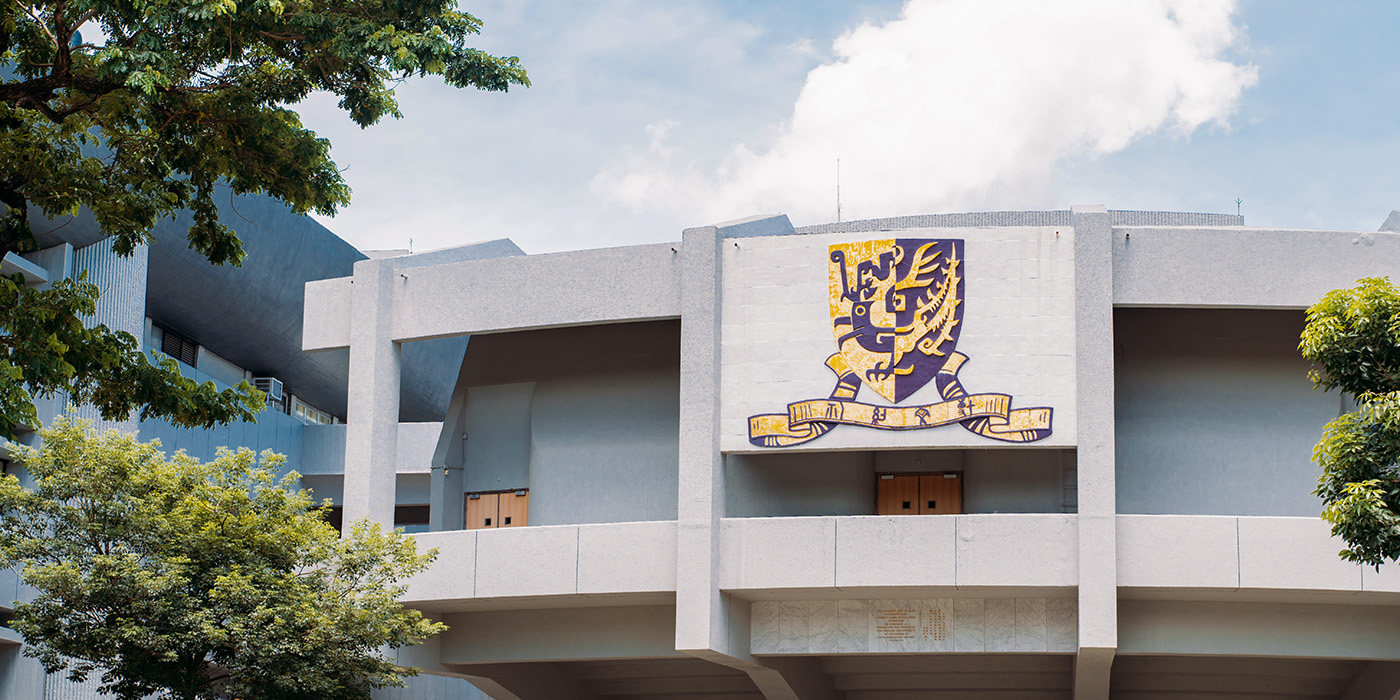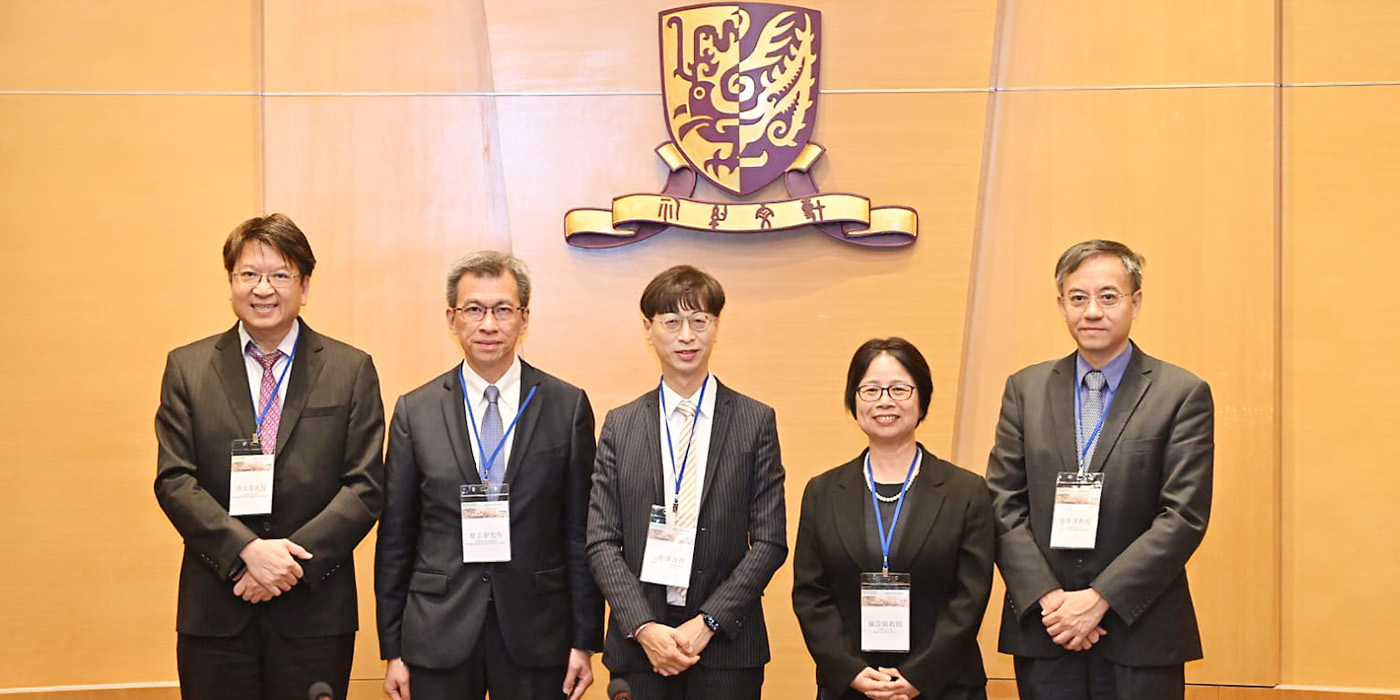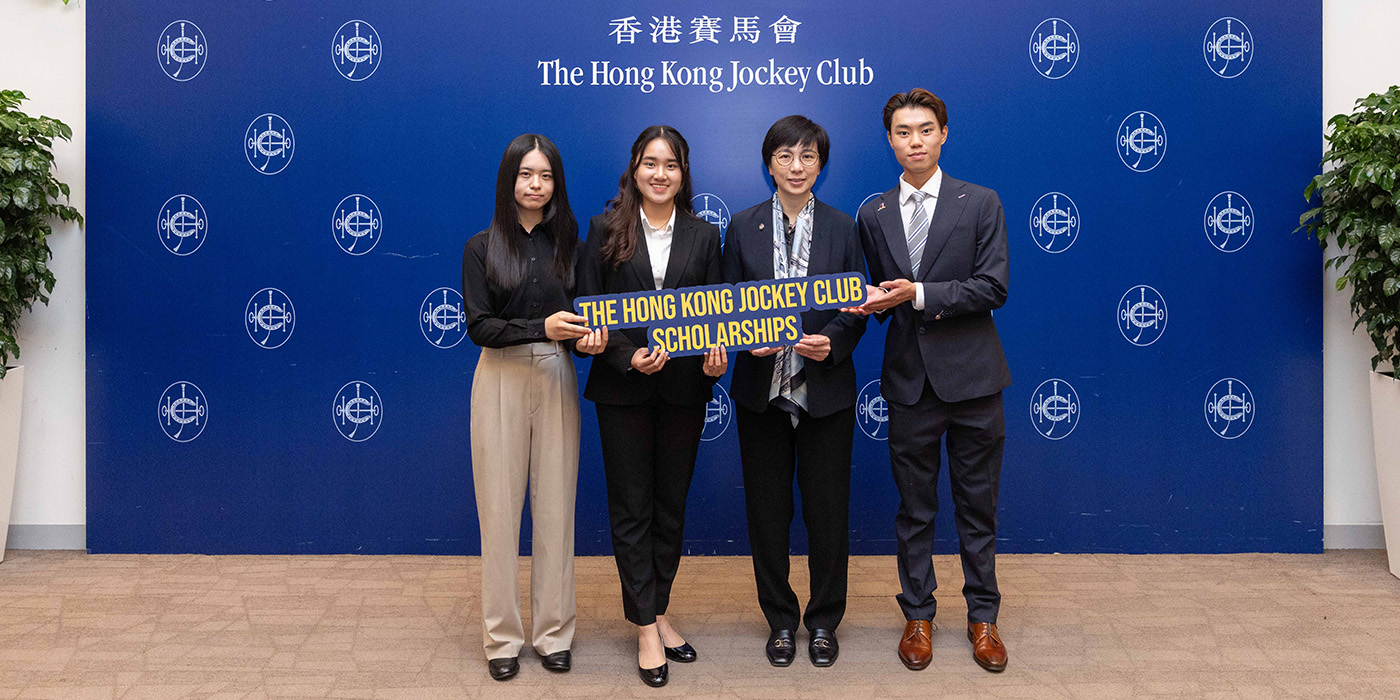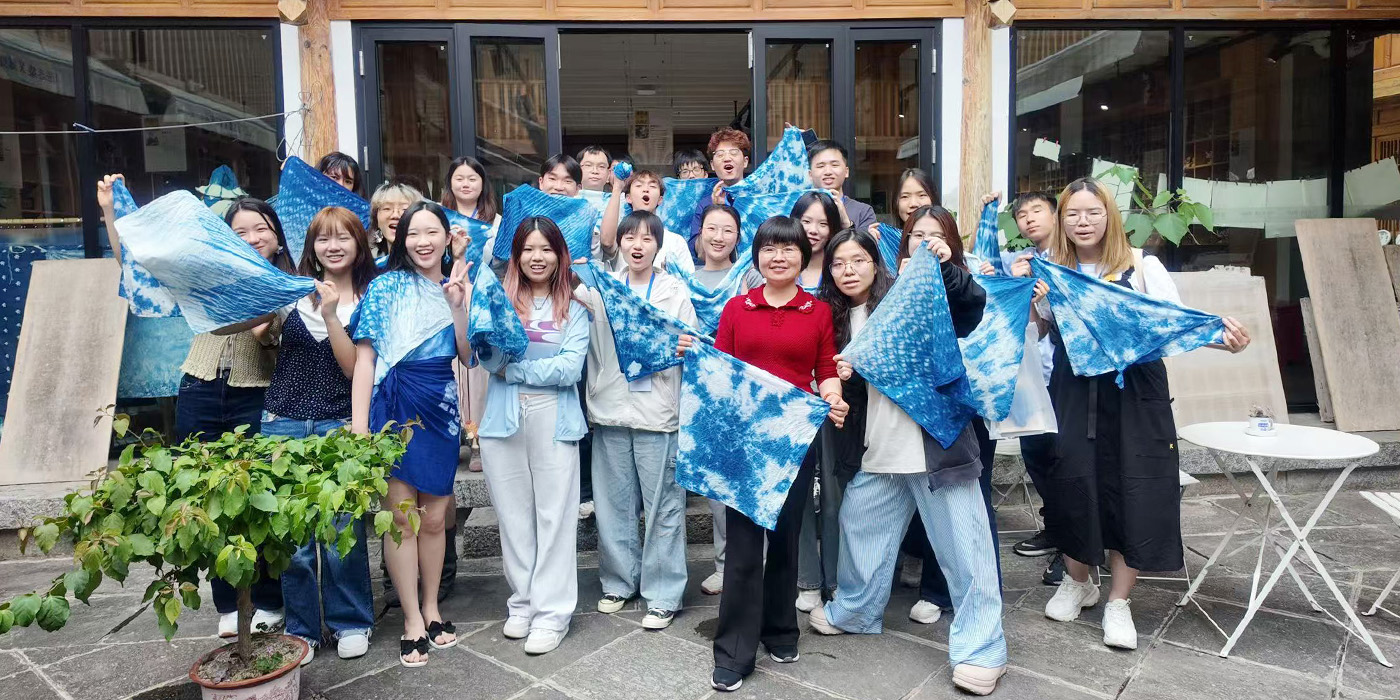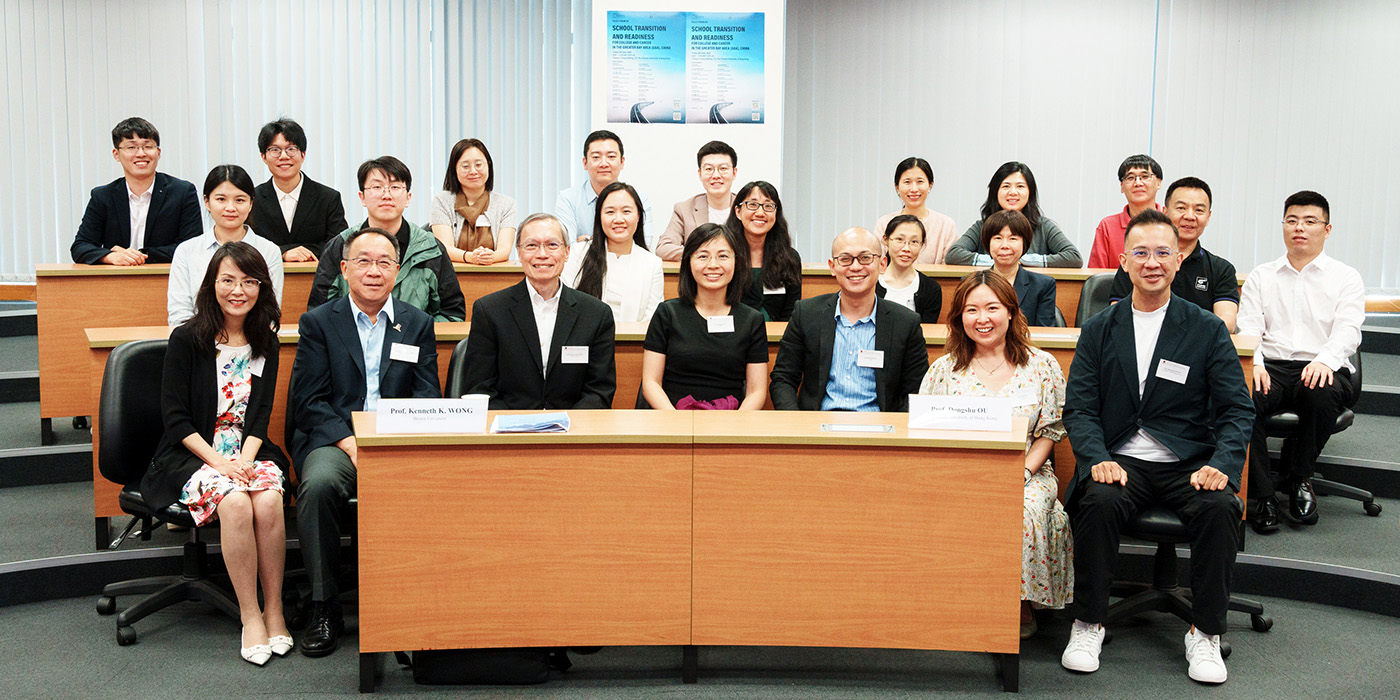CUHK applies cutting-edge laser imaging for the first time to reveal the hidden history of artifacts
Out of the darkness in a room where only a laser shines, 2000-year-old Roman fingerprints appear on a vase for the first time ever. Using a highly advanced laser imaging technique on archaeological artifacts for the first time, a team led by a scientist at The Chinese University of Hong Kong (CUHK) has made brand new discoveries about well-studied artifacts originating from the Roman town of Verulamium (~AD50 – 450) in southeast England, which helps scientists understand history more comprehensively.
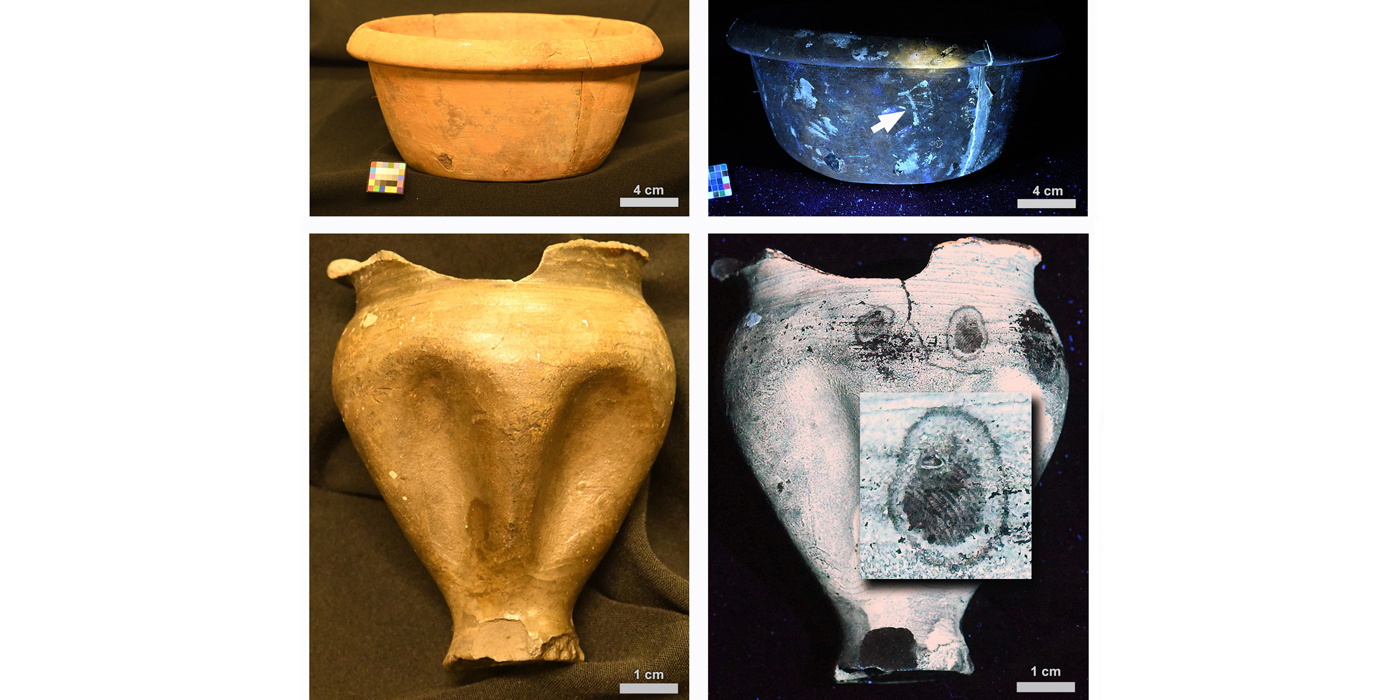
The team has developed a non-destructive imaging technique called Laser-Stimulated Fluorescence (LSF), in which high-power lasers cause artifacts to exhibit fluorescence, revealing unseen and often unknown information. This LSF technique has previously successfully revealed hidden soft tissues preserved in dinosaur fossils, been combined with drone technology to find fossils in the field and been used to study cave formations.
Dr Michael Pittman, Assistant Professor of CUHK’s School of Life Sciences applied this LSF imaging to the field of archaeology for the first time. The international team used LSF to study excavations, wall paintings, floor mosaics, church ceilings, pottery and glassware, which has revealed a range of new details, including how different objects were produced. Their findings have been published in The Journal of Archaeological Science: Reports.
LSF imaging of a bowl recovered from the Triangular Temple of southeast Verulamium in the 1930s revealed something the museum had never seen before, a painted symbol closely resembling the Greek letter gamma (Γ). Dr Pittman said, “This suggests the bowl was labelled by a Greek or someone who knew the language, or it was imported from the Greek-speaking world, inferences only possible with LSF.”
LSF imaging of a vase from Verulamium revealed a number of human fingerprints on its surface. Mr Thomas G Kaye, the co-corresponding author of the study from the Foundation for Scientific Advancement, commented, “The fingerprints appear to have been produced by a Roman worker handling the vase, while its surface was still wet.”
Dr David Thorold, Curator of Collections (Pre-Historic to Medieval), Verulamium Museum said, “We are thrilled at the results of the team’s use of this new imaging technology at the Verulamium Museum. The team’s many exciting finds demonstrate clear potential for continuing discoveries in the field of archaeology.”
The research team also includes Professor Elizabeth Graham of the Institute of Archaeology, University College London (UCL). Dr Pittman is also affiliated with UCL’s Institute of Archaeology and with its Department of Earth Sciences.
Full research paper can be found at: https://authors.elsevier.com/sd/article/S2352-409X(22)00138-9

